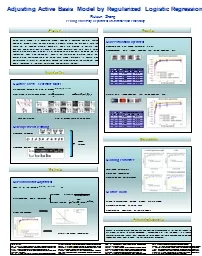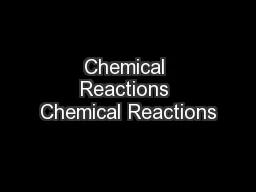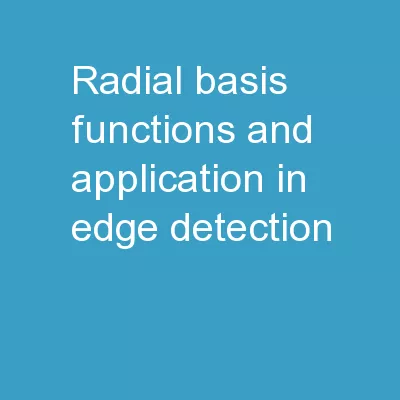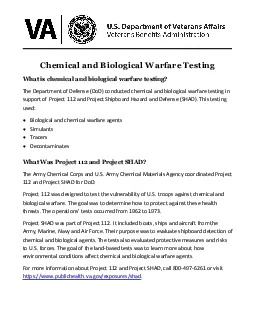PDF-Chapter 3 The Chemical Basis for Life
Author : cappi | Published Date : 2022-08-22
83 Lesson 3 Enzyme Regulation of Biochemical Reactions What is a biological catalyst This super fast train can obviously reach great speeds And theres a lot of
Presentation Embed Code
Download Presentation
Download Presentation The PPT/PDF document "Chapter 3 The Chemical Basis for Life" is the property of its rightful owner. Permission is granted to download and print the materials on this website for personal, non-commercial use only, and to display it on your personal computer provided you do not modify the materials and that you retain all copyright notices contained in the materials. By downloading content from our website, you accept the terms of this agreement.
Chapter 3 The Chemical Basis for Life: Transcript
Download Rules Of Document
"Chapter 3 The Chemical Basis for Life"The content belongs to its owner. You may download and print it for personal use, without modification, and keep all copyright notices. By downloading, you agree to these terms.
Related Documents














